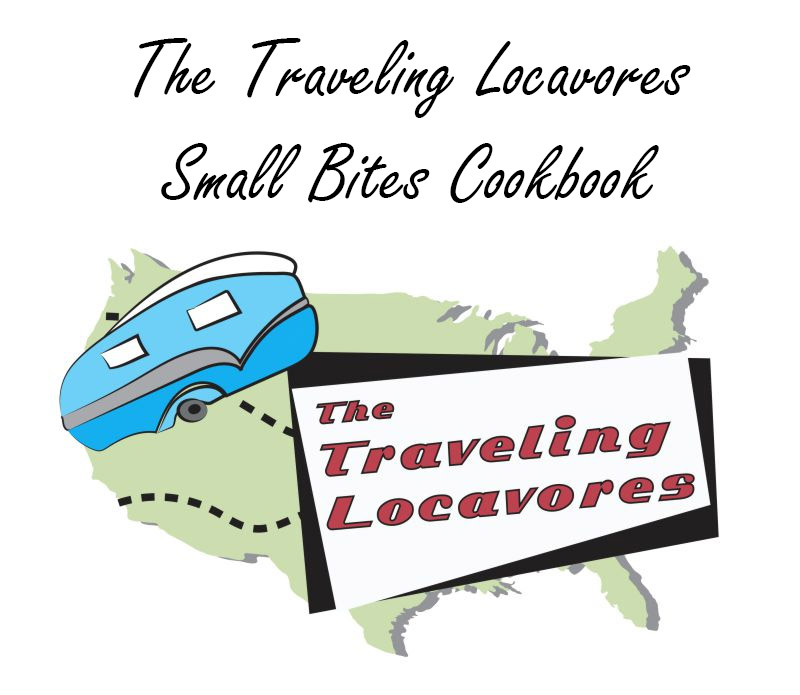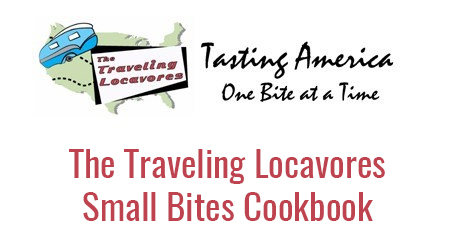Since it was a relatively short drive from Sioux City IA to Lincoln, Nebraska we headed out to explore as soon as we were all hooked up at our campsite. In search of a good lunch we headed to the Haymarket. Here are some highlights and history of Lincoln NE.

Serving Hands painted a la Starry Night by Patrick Gauthier
Some Highlights of Lincoln NE

We passed many farms driving from Sioux City to Lincoln

You can see why it’s called the Cornhusker State!
A new name
In the middle of the 19th century, a handful of settlers organized Lancaster County in the Territory of Nebraska. A grassy plain on the east bank of the Salt Creek, about a mile southeast of a natural salt basin, they established the county seat. These founders thought that they could develop a profitable industry collecting and selling salt. Unfortunately they were proven wrong. The future really laid in the political squabbles over the location of the state capital for Nebraska, which was admitted to statehood in 1867. After a very long and fierce debate in the Legislature a Capital Commission was established to select the location for the new state’s capital. In July of that year, this commission met and voted to make Lancaster, which they renamed Lincoln, the Nebraska capital.
The Haymarket
According to the Lincoln NE website: “In the original plat of Lincoln of 1867, a “Market Square” was designated between O and P Streets from 9th to 10th. That square was an open-air market for produce and livestock, as well as a camping ground for immigrants and a general gathering place. Wagons and animals thronged Market Square, along with land sharks, tin-horn gamblers, and the other denizens of a pioneer town.”
“When the federal government was persuaded to erect a post office and courthouse in Lincoln in 1874, the city and state donated the original “Market Square” and moved its functions two blocks north, creating “Haymarket Square” bounded by 9th and 10th, Q and R Streets. Scales were provided for weighing hay, cattle, and produce. Haymarket Square continued “to provide space for the teams and wagons of country folk, a mart for hay, and a camping ground” well into the 1880s. It became the location for the first City Hall from 1886 until 1906. Today it is home to the Lincoln Journal Star’s printing plant and distribution facility.”
In 1984, Lincoln adopted a redevelopment plan for the area which called for revitalization of the Haymarket. The Haymarket was the first urban warehouse district in the country to undertake that highly successful economic revitalization program of the National Trust for Historic Preservation.
In the decades after new infrastructure and special events such as the Farmers Market, this historic area has been transformed from a predominantly vacant, crumbling area into the vibrant part of downtown Lincoln that it is today. In fact, in 2009 the Haymarket was recognized by the American Planning Association by designating it as a “Great American Neighborhood”. And in 2014 the area went on the National Register as Lincoln Haymarket Historic District by the National Park Service!
Beatrice Creamery Building
At first, Beatrice Creamery Company rebuilt just two stories in 1900. A few years later, in 1904, they added the two upper floors. When the two top floors were added, a Lincoln newspaper wrote an article describing the building as “one of the handsomest factories” in the city, featuring “granite colored hydraulic pressed brick.”
After about a decade at that location, Beatrice Creamery Company built a new Lincoln creamery at 7th and L Streets. And in 1913 the company moved its headquarters to Chicago. The company continued to thrive in Chicago and became Beatrice Foods, a major, national food processor.
Eventually the Creamery building housed some of the first “new” tenants in the Haymarket, including an antique store, popular restaurant, and hair salon. Unfortunately, in the late 1980s, a bank failure and neglected maintenance put the building at risk of demolition. Architectural antique entrepreneurs, Sid and Cheryl Conner, rescued the building with a new roof, rebuilt north façade, and creative reuse of some of their largest wares. A spectacular granite and cast iron staircase, which was from the long lost Odd Fellows Building in York was added and provides a dramatic connection between the first and second floor shops. Subsequent owners have completed the renovation with offices on the third floor and some of the district’s finest residences on the top floor.
Ivanna Cone

Welcome to Ivanna Cone
As I said we explored the Haymarket in search of a good place for lunch. Ice cream counts as lunch, right? I noticed a place in the Creamery Building that was called Ivanna Cone. How could we resist going someplace that share the name of our son’s beautiful wife?

The counter at Ivanna Cone in the Creamery Building in the Haymarket
We made the absolute right choice! This one of a kind, family owned and operated premium handmade ice cream shop has been around for more than a decade! Ivanna Cone is reminiscent of a classic “old time” soda shop. And there serve the best ice cream that Steve and I have ever had!

A bit of whimsy at Ivanna Cone
Since it was lunch, we rounded out our Bittersweet Chocolate and Butterbeer scoops with some salty pretzels. We’d devoured every last drop before we realized that we hadn’t taken any pictures of our ice cream. But trust me. It was sooooooo creamy and full of flavor that we literally drank what had melted in our saucers.
How they make it
The ice cream at Ivanna Cone starts out with a 14% butterfat sweet cream vanilla base. It’s a super premium base that is rich, and pure all on its own. But it’s also the absolutely perfect canvas for all of their flavors. And they have so many flavors that they are pretty sure that they haven’t made them all yet. Most days there are as many as 17 flavors available. Ranging from known favorites like fresh strawberry and mint chip to unique offerings such as lemongrass ginger, carrot cake, or “french toast”, there is something to please everyone’s palate. Each flavor or batch is made in small quantities (about 3 gallons) and when it is sold out, another takes its place.
Being pretty picky about using quality ingredients, they prefer real over artificial; concentrates versus extracts; and freshly baked over store bought. Plus they love using local ingredients whenever possible. “We feel that each batch is an evolution and very rarely do we ever completely sign off on a recipe.” It’s surprising to learn that out of the hundreds of flavors created at Ivanna Cone, only about 30 recipes are actually written down and even those may not be followed exactly!

Those old fashioned ice cream freezers are named Jeremy and Kaitlin!
At Ivanna Cone, they make all of their lovely ice creams, milks, sherbets and sorbets in two White Mountain barrel freezers. Their “factory” is not hidden away in the back room, but all production takes place just inside the front door. “The 20-quart ice cream makers use the old-fashioned salt and ice layering to freeze the ice creams.” During a summer afternoon, they use about 400 pounds of ice and about 40 pounds of salt. A superior texture is ensured by slowly churning each batch. The slow freezing results in very little air in theirr ice cream. “After taking such care with ingredients we would hate to ruin it by having the ice cream taste like fluffy air. Each batch is then quickly frozen down to -20F. Our flash freezer is named “Lucy” and we let the ice cream hang out in Lucy until the next day, then we bring it out for scooping. This “super freezing” gives the ice cream a longer shelf-life, and cuts down on any loss of quality while it is waiting to be picked for scooping by hungry ice cream lovers.”










Trackbacks/Pingbacks